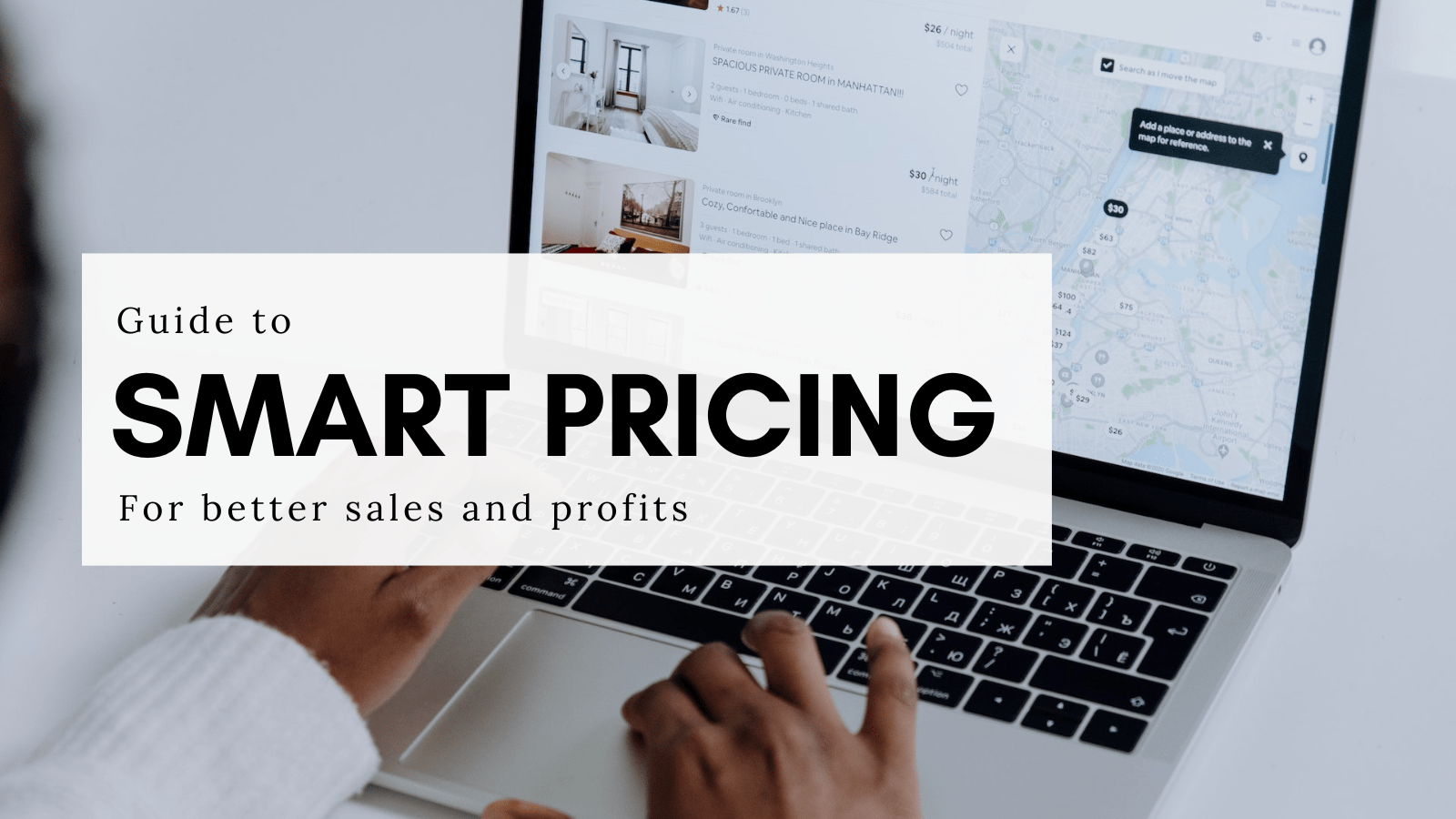Smart pricing is a pricing strategy that aims to optimize revenue by dynamically adjusting prices based on various factors such as demand, competition, and consumer behavior. This strategy involves using advanced algorithms and data analysis tools to determine the optimal price point for a product or service at any given time. Smart pricing is becoming increasingly popular in today’s competitive and data-driven business environment, and it is being used by companies in various industries, including travel, retail, and e-commerce. By using smart pricing, businesses can improve their profitability while also ensuring that they remain competitive in the market. Thus, below are some tips for smart pricing.
Collect and analyze data:
To implement smart pricing, you need to collect and analyze data on various factors that impact pricing. This includes customer behavior, market demand, and competition. By using tools like CRM software, pricing analytics tools, and market research, you can gather and analyze data to identify patterns and trends that can inform your pricing decisions. This data can help you determine optimal price points, pricing strategies, and pricing tactics to improve revenue.
Determine your pricing strategy:
Once you have collected and analyzed data, you need to determine your pricing strategy. This depends on your business goals, target market, and competition. For instance, you may opt for dynamic pricing, where you adjust prices in real-time based on demand, or value-based pricing, where you price based on the perceived value of your product or service. Other strategies include penetration pricing, premium pricing, and skimming pricing.
Use software and tools:
Implementing smart pricing requires advanced software and tools that can analyze data, track pricing, and adjust prices in real-time. You can use pricing optimization software to automate the pricing process and improve accuracy. These tools can help you adjust prices based on market demand, competition, and other factors, ensuring that your prices are always optimized for maximum revenue.
Monitor and adjust pricing:
To ensure that your pricing strategy remains effective, you need to monitor it regularly. You can use analytics tools to track pricing performance, analyze customer behavior, and adjust pricing as necessary to maximize revenue. By monitoring pricing trends and making data-driven adjustments, you can stay ahead of the competition and improve profitability over time.
Test different pricing strategies:
To find the optimal pricing strategy for your business, you need to test different pricing strategies and analyze their performance. You can use A/B testing to compare the effectiveness of different pricing strategies and make data-driven decisions. By testing and refining your pricing strategy, you can improve revenue and profitability while staying competitive in the market.
Communicate changes to customers:
When you adjust prices, it’s important to communicate changes to your customers to avoid confusion and maintain transparency. You can use email, social media, or other communication channels to inform customers of price changes and explain the rationale behind them. By communicating changes effectively, you can build trust with your customers and improve customer satisfaction over time.
In conclusion
Smart pricing solutions are a powerful strategy that can help businesses optimize revenue and remain competitive in the market. With smart pricing, businesses can stay ahead of the competition and improve profitability over time, while also improving customer satisfaction. By taking a data-driven approach to pricing, businesses can make more informed decisions that help them achieve their goals and succeed in the market.



Recent Comments